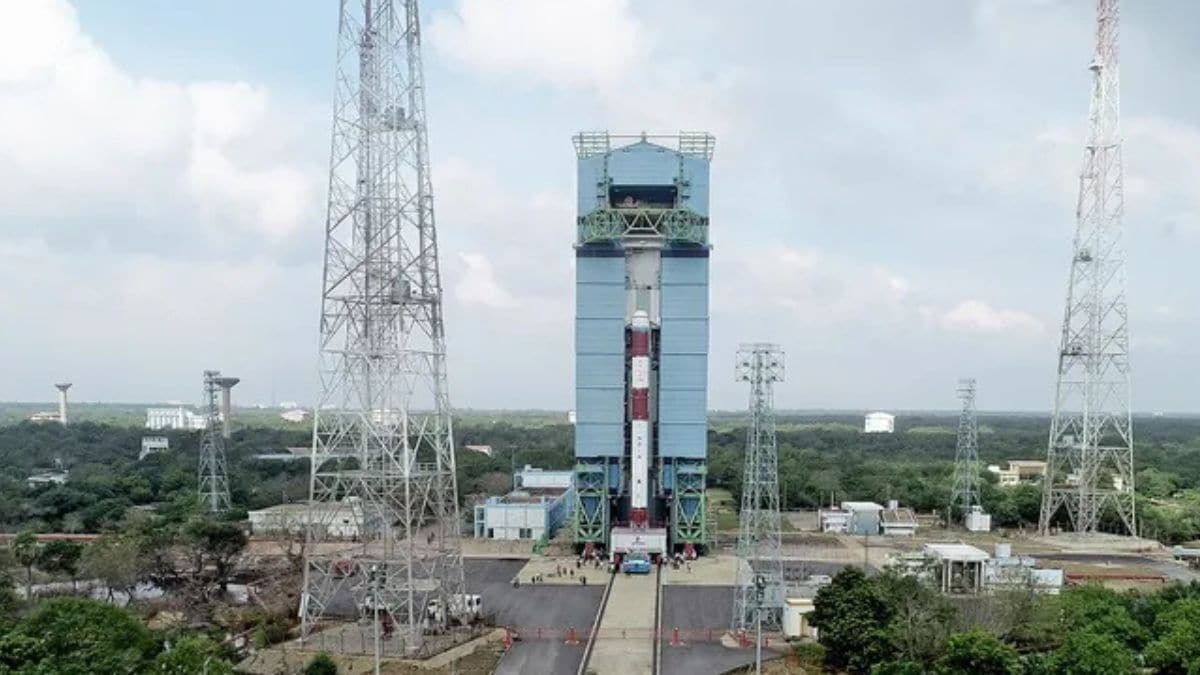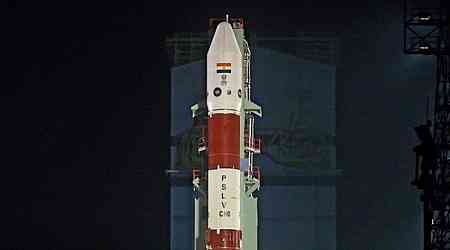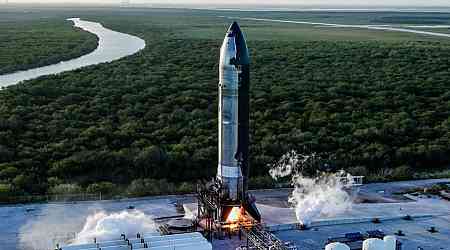Indian Space Research Organisation's (ISRO) inaugural space docking mission has been launched aboard an indigenous PSLV-C60 rocket from the Satish Dhawan Space Centre in Andhra Pradesh. The mission, termed the Space Docking Experiment (SpaDeX), is designed to establish India as the fourth nation to achieve this advanced technological capability. Two spacecraft, weighing approximately 220 kg each, were deployed into a 470-km orbit, setting the stage for in-orbit docking experiments critical for future space operations. The test flight will help India setup its space station in the future.
Significance of the Mission
According to ISRO, the SpaDeX mission is pivotal for advancing satellite servicing and supporting India's plans for a future space station. The mission is also set to demonstrate the transfer of electric power between docked spacecraft, a feature crucial for various applications, including in-space robotics and post-undocking payload management.
Slow-motion liftoff and onboard views! 🚀✨
— ISRO (@isro) December 31, 2024
SpaDeX's historic mission onboard PSLV-C60 delivers breathtaking visuals, showcasing India's strides in space exploration. 🌌🛰️
📖 More info: https://t.co/jQEnGi3W2d#SpaDeX #ISRO 🚀
📍 @DrJitendraSingh pic.twitter.com/5eJ6FAiIxI
Technological Advancements on Display
As per ISRO, advanced payloads have been integrated into the satellites, including an imaging system and devices for monitoring electron and proton radiation levels. These capabilities are expected to provide essential data for future manned spaceflights. ISRO Chairman S Somanath stated that docking trials are scheduled to begin around January 7, after the satellites were confirmed to have reached the intended orbit.
Innovative Use of Rocket Stages
The mission has repurposed the PSLV's fourth stage into an active orbital laboratory known as the PSLV Orbital Experiment Module (POEM). According to Pawan Goenka, chairman of the Indian National Space Promotion and Authorization Center, POEM will facilitate experiments for startups, academic institutions, and research organisations, reducing barriers to entry in the space sector.
India's low-cost but rapidly advancing space programme continues to close in on global milestones, with missions such as SpaDeX positioning the country as a key player in the international space community.
































